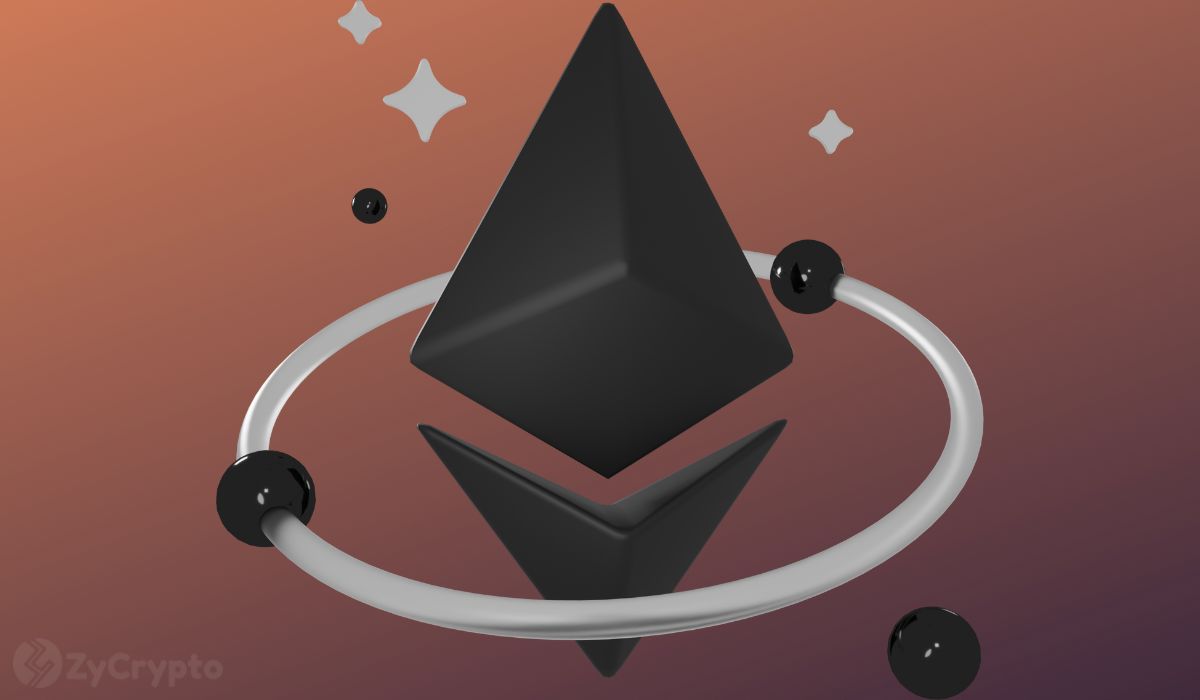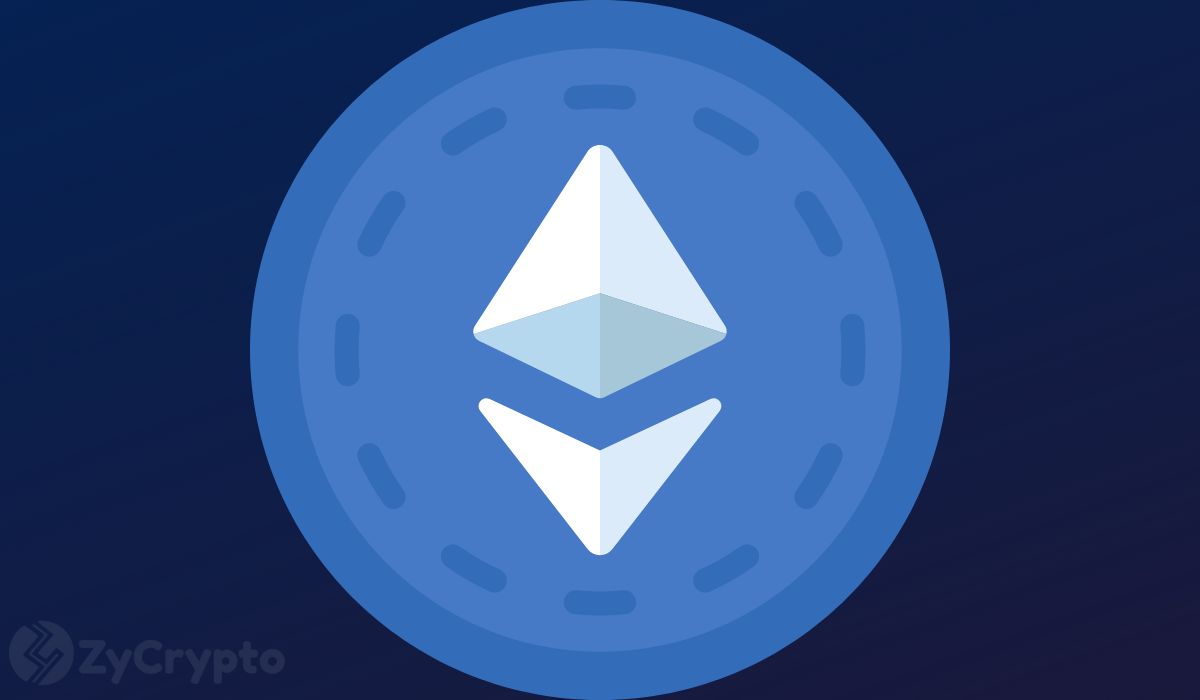
2023-8-30 20:58 |
As Ethereum inches closer to $1,800, according to CoinMarketCap data, fears are that it will break this level of support with the total crypto market on a massive downward trend.
As crypto analyst Ali said on X, “If Ethereum falls below the $1,800 mark, the next significant support level is approximately $1,600. At this level, 2.48 million addresses acquired a total of 3.8 million $ETH.”
Looking closely at the daily chart, Ethereum appears to be in a consolidation phase, finding support near a significant trendline. The trendline aligns with the 50% Fibonacci retracement and 1800 support levels. This convergence of factors could attract buyers, entering the market with a clear risk management strategy—setting stop-loss orders below the trendline. Their objective may be to capitalize on a potential breakout above the resistance.
If Ethereum’s price drops below the mentioned trendline, it is anticipated that sellers will become more active, potentially driving the price down toward the $1600 support level.
Zooming in, it is evident that the price action has been confined within a range around the support zone. This suggests that market participants are awaiting a significant event or catalyst to provide direction and momentum for the price movement.
Macro outlook is sluggishThe macro-level outlook, however, does not suggest any huge move on either side at present. According to crypto research platform Kaiko, Ethereum and Bitcoin now have lower 90-day volatility levels than oil. ETH and BTC volatility dropped to multi-year lows at 37% and 35%, respectively, while oil volatility is at 41%.
On top of this sluggishness, news about layer 2 solutions on the Ethereum network may not be beneficial either. Vitalik Buterin, the co-founder of Ethereum, has revealed that Layer 2 projects and rollups like Arbitrum and Optimism, designed to enhance scalability, possess a backdoor within the Ethereum blockchain.
This insight challenges the notion of full decentralization in these scaling solutions. The perspective aligns with the views of Chris Blec, a crypto and DeFi analyst, who sees Layer 2 projects as resembling a form of banking 2.0 and thus susceptible to future regulations.
Despite their popularity for boosting efficiency and reducing transaction costs, Ethereum’s Layer 2 solutions like Arbitrum and Optimism have ignited discussions due to the presence of this backdoor. All Layer 2 projects and rollups incorporate a backdoor feature, allowing developers and project owners to access multisig wallets for protocol modifications.
Some consider this backdoor a form of “training wheels” for the Ethereum blockchain, enabling developers to introduce necessary changes. The cryptocurrency community is divided into two camps: one accepting this mechanism and another advocating for fully immutable and completely decentralized protocols.
origin »Ethereum (ETH) на Currencies.ru
|
|











